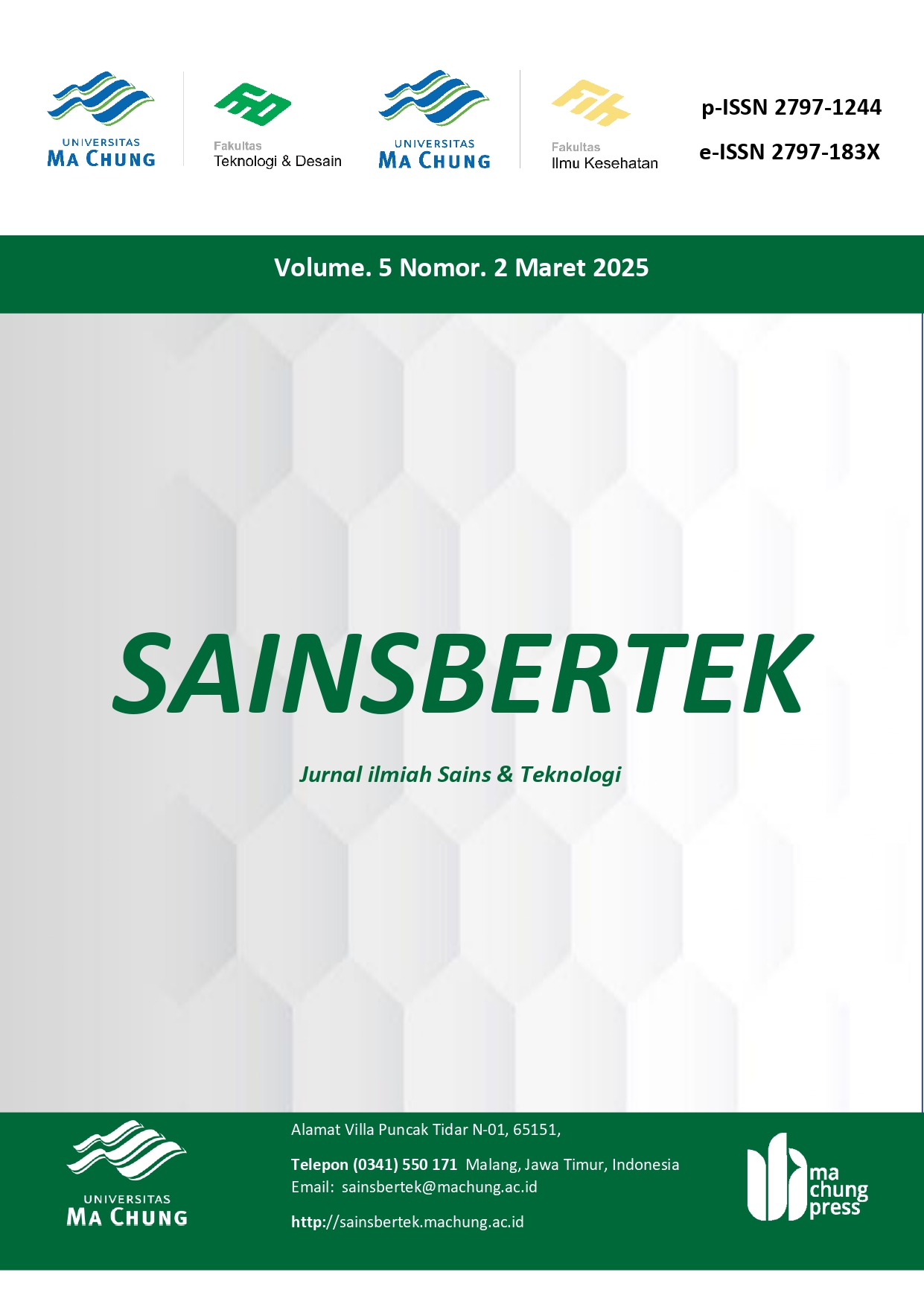ANALISIS USABILITY CHECKMARK PAYROLL 2024: EVALUASI KEMUDAHAN, EFISIENSI, DAN KEPUASAN PENGGUNA
DOI:
https://doi.org/10.33479/sb.v5i2.349Keywords:
penggajian, pengujian kegunaan, penelusuran kognitifAbstract
This study aims to evaluate the level of convenience, efficiency, and user satisfaction in using the 2024 version of the CheckMark Payroll software using usability testing and cognitive walkthrough methods. This research is focused on key functions such as payroll processes, new employee data input, tax settings, and employee status. Data is collected through direct observation of test scenarios specifically designed to evaluate user interaction with the application interface. The results show that this software has a good level of convenience in basic functions, but there are some shortcomings, such as the absence of distinguishing visual elements on buttons/menus, lack of search/filter features for large-scale data management, and limited flexibility of data input. Additionally, the resulting payslip display does not meet user expectations, and some complex features such as tax settings require a more intuitive interface as well as supporting documentation. The conclusion of this study shows that while CheckMark Payroll is feasible for payroll needs, there is a significant opportunity to improve the user experience through improved visual interfaces, optimized data management, increased flexibility of input systems, and the provision of clearer guidance for complex features. With the implementation of these suggestions, the application is expected to increase efficiency, user satisfaction, and relevance in supporting the needs of small to medium-sized businesses.
Downloads
References
Allendoerfer, K., Aluker, S., Panjwani, G., Proctor, J., Sturtz, D., Vukovic, M., & Chen, C. (2005). Adapting the
cognitive walkthrough method to assess the usability of a knowledge domain visualization. IEEE Symposium on Information Visualization, 2005. INFOVIS 2005., 195–202. https://doi.org/10.1109/INFVIS.2005.1532147
Castellanos Ardila, J. P., Gallina, B., & Ul Muram, F. (2022). Compliance checking of software processes: A systematic
literature review. Journal of Software: Evolution and Process, 34(5), 1–36. https://doi.org/10.1002/smr.2440
Charão, A. S., & Ritter, F. (2020). Investigando Dificuldades em Recursos do Code.org: Aplicação do Método do
Percurso Cognitivo ao Tutorial Artista da Hora do Código. Cbie, 1483–1492.
https://doi.org/10.5753/cbie.sbie.2020.1483
CheckMark. (2024). Best Payroll Software for Small Business. https://www.checkmark.com/payroll-software
Damianos, L., Drury, J., Fanderclai, T., Hirschman, L., Kurtz, J., & Oshika, B. (2000). Scenario-based evaluation of
loosely-integrated collaborative systems. Conference on Human Factors in Computing Systems - Proceedings,
April, 127–128. https://doi.org/10.1145/633292.633365
Downloads
Published
Issue
Section
License
Copyright (c) 2025 Sainsbertek Jurnal Ilmiah Sains & Teknologi

This work is licensed under a Creative Commons Attribution-ShareAlike 4.0 International License.





